Commercial painting professionals and companies that perform this type of work also do industrial painting projects. It is an overlap of services but we wanted to address the different types of painting contractors and differentiate the commercial jobs typically performed by these contractors and the others that fall into the industrial type.
While in a broad sense, these types of projects fall under the commercial painting realm, they can be separated based on the job being performed and the venue or location where it is taking place. For example, a commercial painting project would, by all means, be performed at a commercial type property, while an industrial painting job would be done in an industrial environment where there is less foot traffic by the general public. Obviously, the approach to the job by the contractor would be different in terms of liability, potential dangers, risks, and overall difficulty.
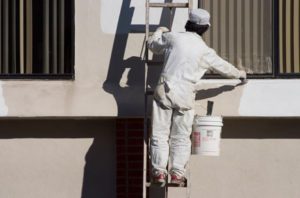
A large facility that produces some sort of product would be much more challenging than a basic exterior hotel painting project. For example, commercial painting projects would include office buildings, hotels, malls, motels, resorts, condominiums, office buildings, shopping centers, townhouse developments, strip malls, etc.

Industrial painting projects would include manufacturing plans, dry storage for boats, storage facilities, electrical plants, nuclear power plants, automobile manufacturing facilities, tank painting, silo painting projects, concrete plants, etc.
There are many, many more types of jobs in each category, but you get the sense of how many variations there are and what is required of the contractor in terms of expertise, knowledge and materials as well as the personnel to complete such jobs in a professional manner.
In addition, there are many companies who claim to be professional and will provide adequate insurance but lack the care and integrity to do the job right. This is why, as we always recommend, do your research and check the reviews online of any service provider you intend to hire.
…

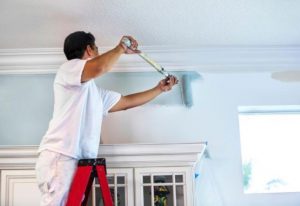

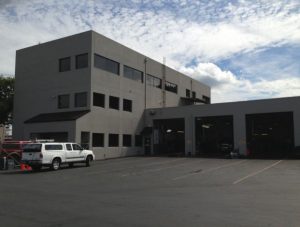
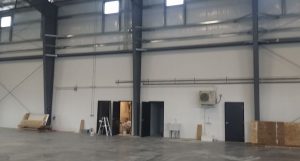
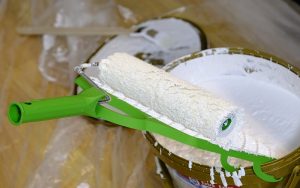
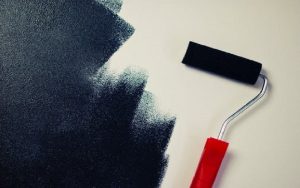
 If you are going to paint a smooth surface with oil-based paint, the natural bristle brushes (White Bristle) for painting are the best option, since they are soft and flexible. When painting a textured surface, black bristle brushes are best for the picture, as they are stiffer and more resistant to abrasion. If you need an ultra-fine finish, the best option is a brush combined with ox hair.
If you are going to paint a smooth surface with oil-based paint, the natural bristle brushes (White Bristle) for painting are the best option, since they are soft and flexible. When painting a textured surface, black bristle brushes are best for the picture, as they are stiffer and more resistant to abrasion. If you need an ultra-fine finish, the best option is a brush combined with ox hair. 100% black nylon
100% black nylon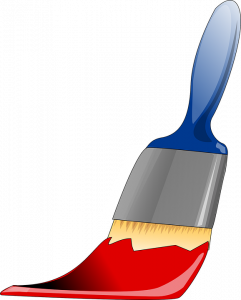 professional paintbrushes XL, Elite or PRO-EXTRA to have a good and even performance in hot and humid climates.
professional paintbrushes XL, Elite or PRO-EXTRA to have a good and even performance in hot and humid climates.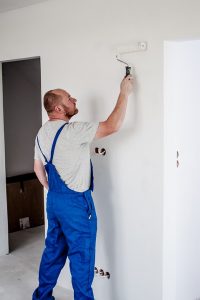 Most people believe that all the rollers to paint are similar, but it is essential to consider the following tips on the painting to achieve professional results when painting:
Most people believe that all the rollers to paint are similar, but it is essential to consider the following tips on the painting to achieve professional results when painting:
